Nestled in the heart of Cambodia, Tonle Sap Lake floating villages offer one of the most extraordinary cultural experiences in Southeast Asia. Far beyond a typical tourist attraction, these unique communities present a rare look into a way of life shaped by nature’s rhythms and human resilience. Whether you’re drawn by curiosity, culture, or photography, a visit to a floating village on Tonle Sap Lake Cambodia will leave you in awe.
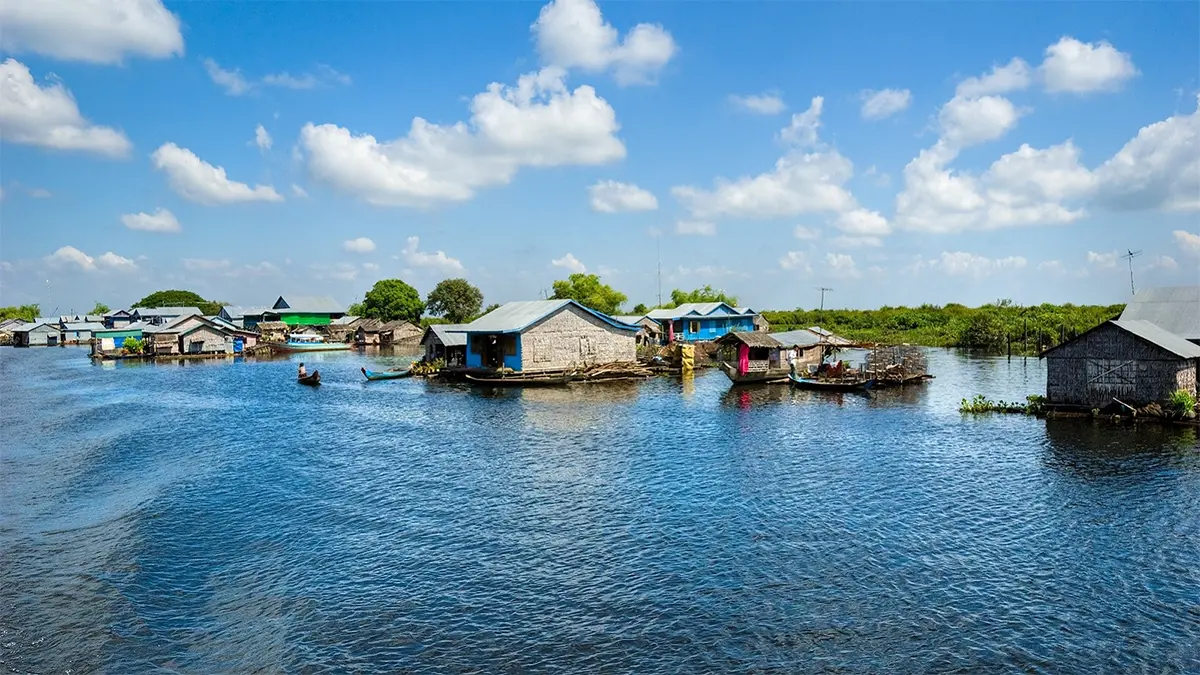
What Is Tonle Sap Lake?
Tonle Sap Lake is the largest freshwater lake in Southeast Asia and one of the most vital ecosystems in Cambodia. Located just south of Siem Reap, this expansive body of water dramatically changes in size between the dry and wet seasons. During the rainy season (June to October), the lake swells up to five times its size, flooding nearby forests and farmland.
Recognized as a UNESCO Biosphere Reserve, the lake is not only rich in biodiversity but also sustains the lives of over a million people who depend on its resources.
What Makes the Tonle Sap Floating Villages So Unique?
The Tonle Sap floating villages are communities built entirely on water. Homes, schools, markets, and even temples float or sit on stilts that rise above the lake’s surface. The villagers adapt their lives to the fluctuating water levels, with boats replacing cars, and floating structures adjusting with the seasons.
Life on the Water
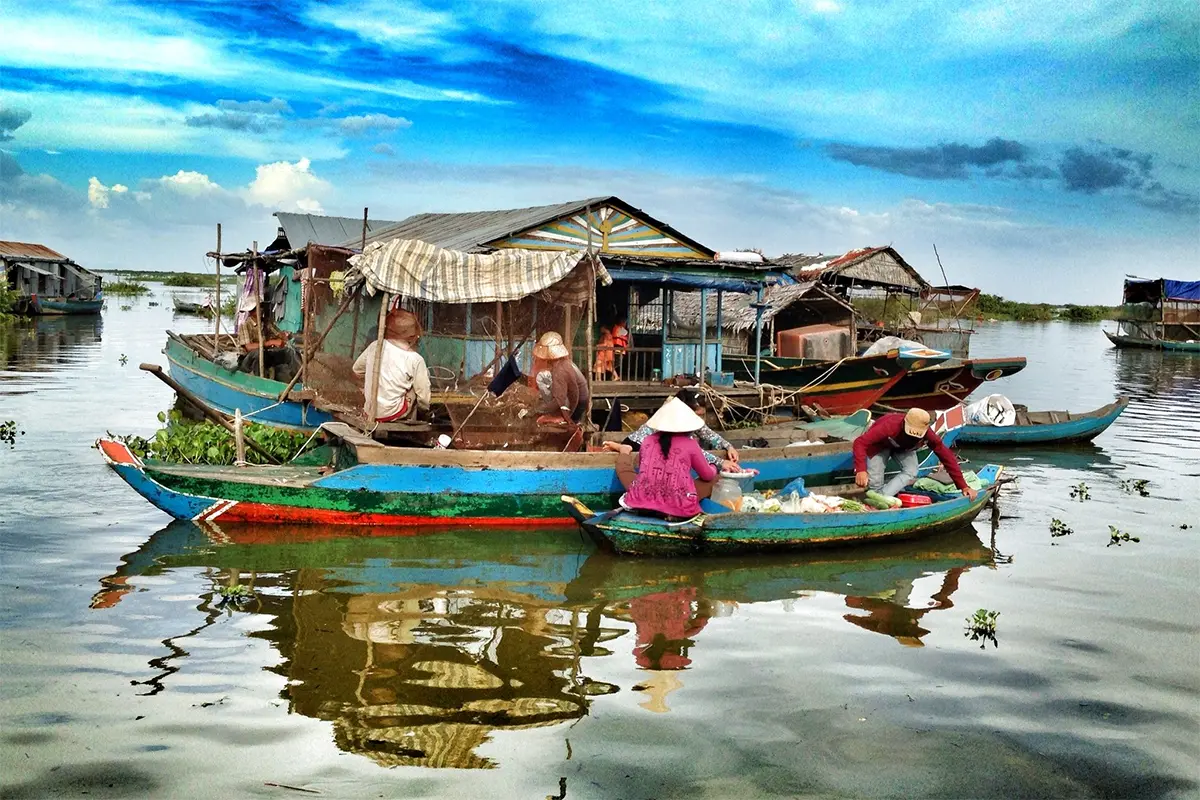
Inhabitants of these villages live a lifestyle unlike anywhere else. Fishing is the main livelihood, and everything from shopping to schooling takes place on boats or floating buildings. The sight of children paddling to school or vendors rowing their floating markets is both humbling and unforgettable.
Most Popular Floating Villages on Tonle Sap Lake Cambodia
1. Chong Khneas
Chong Khneas is the most accessible floating village, located about 15 km from Siem Reap. While popular among tourists, it’s also the most commercialized. You’ll find restaurants, souvenir shops, and a floating crocodile farm.
Best for first-time visitors who want a short trip and don’t mind crowds.
2. Kampong Phluk
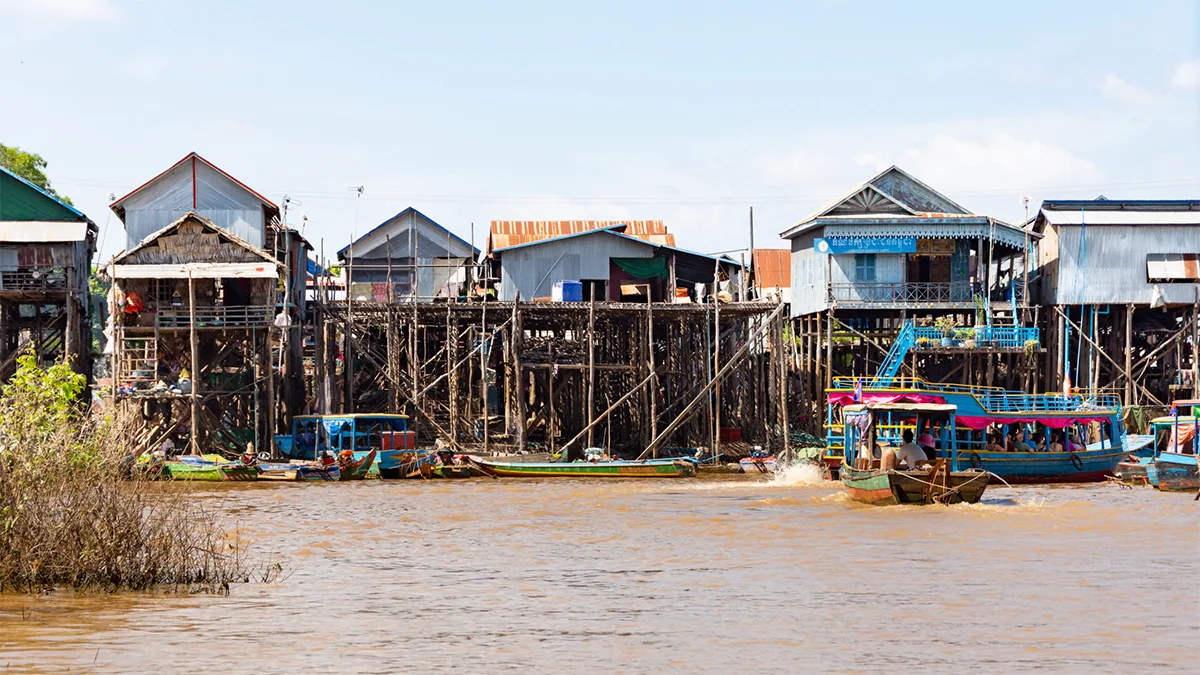
Set beside flooded mangrove forests, Kampong Phluk offers a more authentic feel. The houses here are built on towering stilts, and during the dry season, you can walk the dirt roads that become waterlogged come monsoon.
Best for nature lovers and those seeking cultural immersion.
3. Kampong Khleang
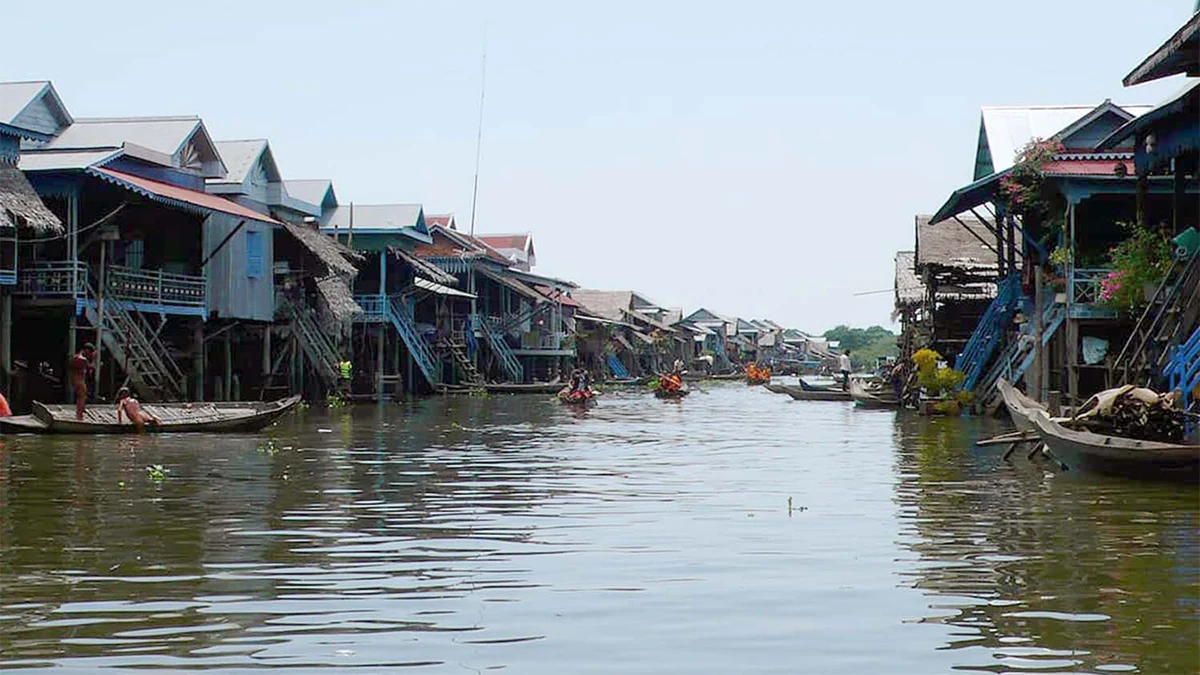
Less touristy and more spread out, Kampong Khleang is a massive floating village where you can truly observe traditional Cambodian water life. This is where many long-stay travelers or documentarians prefer to go.
Best for photographers, slow travelers, and those looking for an off-the-beaten-path experience.
4. Mechrey
Known for its commitment to eco-tourism, Mechrey is a small village where you can enjoy peaceful boat rides and birdwatching in a less trafficked area.
Best for ethical travelers and those seeking sustainability.
How to Visit the Tonle Sap Floating Villages
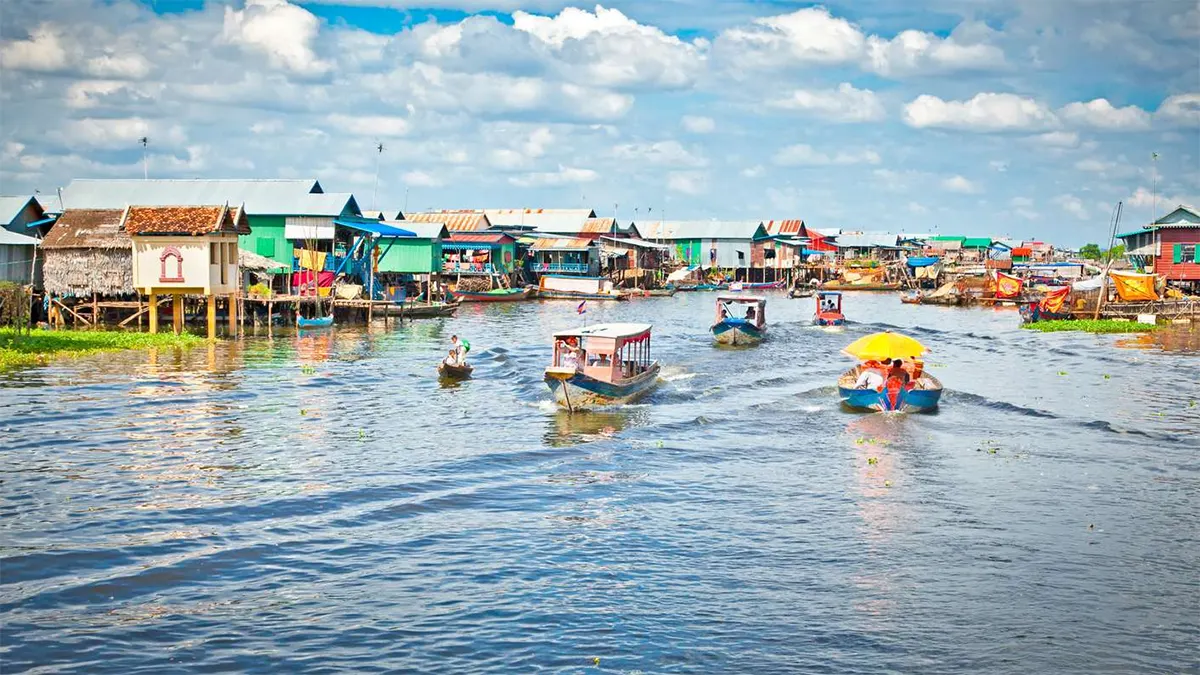
- Getting There: Most villages are within 1–1.5 hours from Siem Reap by tuk-tuk or taxi.
- Best Time to Visit: Wet season (June to October) when the water level is high and villages are truly “floating.”
- Tours: Many agencies in Siem Reap offer half-day or full-day tours. Opt for small-group or private eco-tours to reduce impact.
- Costs: Entrance fees vary by village. Expect to pay $20–$30 for a standard tour, including boat rides.
Tips for a Respectful and Rewarding Visit
- Dress modestly – these are real communities, not exhibitions.
- Ask before taking photos, especially of children.
- Don’t give money or candy to kids—it encourages harmful dependency.
- Support local businesses or buy from floating shops.
- Bring water, sunscreen, and mosquito repellent.
Why the Tonle Sap Floating Village Experience Matters
Visiting a Tonle Sap Lake floating village is not just about sightseeing—it’s about gaining empathy and understanding. These communities survive against challenging odds, from climate change to economic hardship. By choosing to visit responsibly, you contribute to their sustainability and help preserve a unique cultural heritage.
Final Thoughts
If you want to understand Cambodia beyond the walls of Angkor Wat, head to the floating village on Tonle Sap Lake Cambodia. Witnessing life unfold atop gentle waters, you’ll leave with more than just photos—you’ll carry stories of resilience, community, and the quiet beauty of life afloat.
1 comment
[…] Read more: Tonle Sap Floating Village: A Glimpse into Life on the Water in Cambodia […]